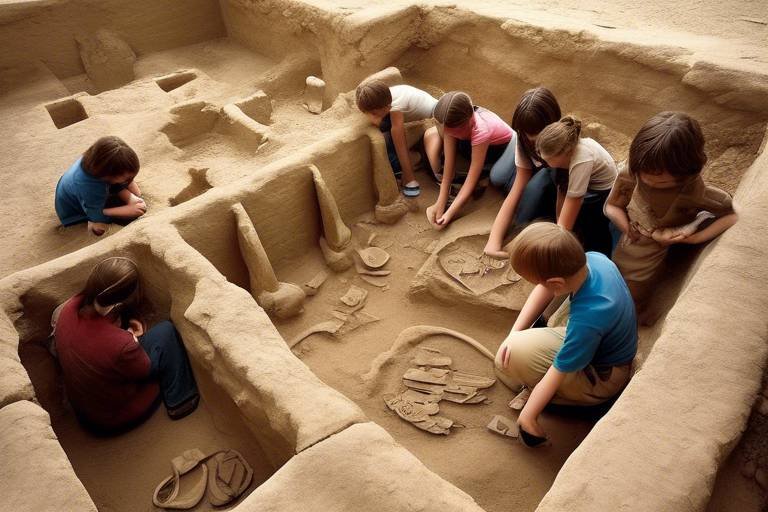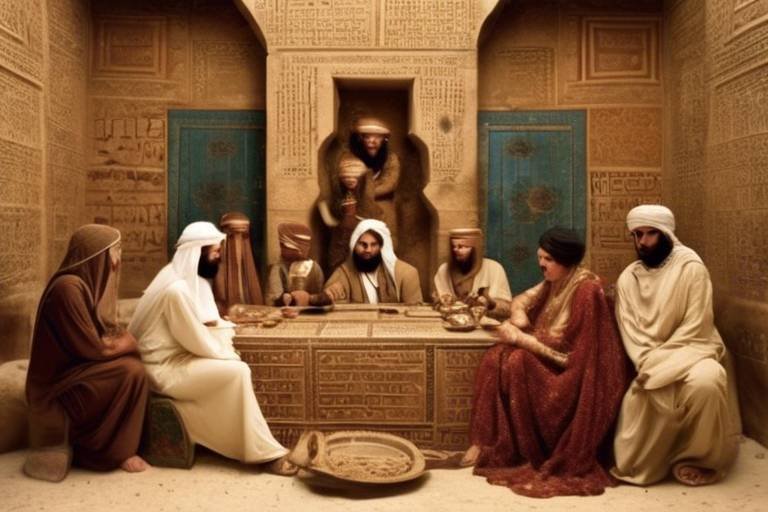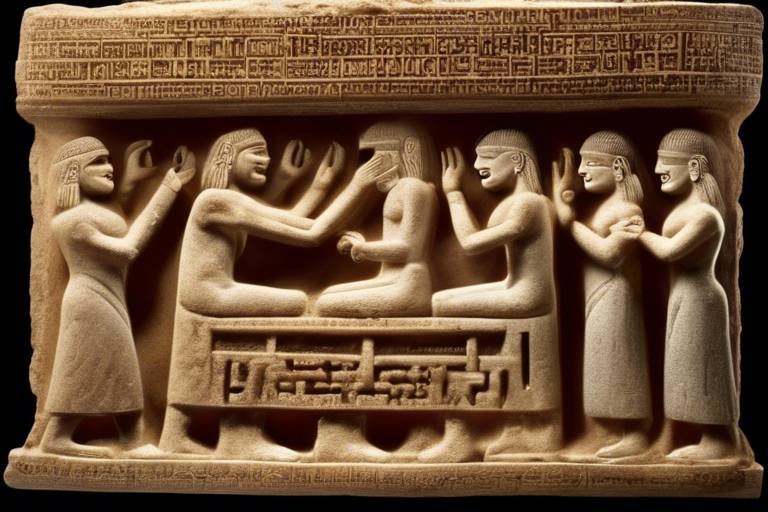The Role of Technology in Cultural Heritage Research
Technology is revolutionizing the field of cultural heritage research, bringing about significant advancements in how we study, preserve, and interact with our shared history. From digitizing ancient artifacts to creating immersive virtual experiences, the role of technology in cultural heritage research is expanding horizons and unlocking new possibilities.
One of the key areas where technology is making a profound impact is in the digital preservation of artifacts. Through the use of 3D scanning and imaging technologies, researchers can create accurate digital replicas of cultural treasures, ensuring their longevity and accessibility for future generations. These digital copies not only preserve the physical characteristics of the artifacts but also provide detailed insights that may not be visible to the naked eye.
Augmented reality (AR) is another powerful tool being integrated into museum exhibits to enhance visitor experiences. By overlaying digital information onto the physical environment, AR offers interactive and immersive ways for audiences to engage with cultural heritage objects and stories. Visitors can delve deeper into the historical context of artifacts and explore narratives in a dynamic and engaging manner.
Virtual reality (VR) is transforming the way we perceive and interact with historical sites and buildings. Through VR technology, researchers can reconstruct ancient locations in a realistic and educational manner, allowing users to explore these environments as if they were physically present. This immersive experience not only aids in research efforts but also fosters a deeper appreciation for our cultural heritage.
Big data analysis is reshaping the field of archaeology by enabling researchers to uncover hidden patterns and insights from vast datasets. By applying advanced analytics to archaeological research, scholars can gain a more comprehensive understanding of ancient civilizations and their societal structures. Big data is revolutionizing the way we interpret historical data and challenging conventional narratives.
Mobile applications are playing a crucial role in enhancing cultural exploration and understanding. These apps offer guided tours, educational content, and interactive maps that enrich the visitor experience at heritage sites. By providing access to curated information and multimedia resources, mobile apps are bridging the gap between traditional learning methods and modern technology.
Drone technology has revolutionized archaeological surveys by enabling researchers to conduct aerial mapping and data collection more efficiently. Drones provide a bird's-eye view of archaeological sites, allowing experts to identify hidden features and patterns that may not be visible from the ground. This technology has led to groundbreaking discoveries and insights into ancient civilizations.
Artificial intelligence (AI) is being utilized to authenticate and analyze cultural artifacts, aiding experts in detecting forgeries and tracing the origins of historical objects. AI algorithms can analyze intricate details of artifacts, helping researchers determine their authenticity and provenance. This technology is revolutionizing the process of artifact authentication and safeguarding cultural heritage from fraud and misrepresentation.
Blockchain technology is playing a pivotal role in the protection and preservation of cultural heritage. By securely recording the provenance of artifacts on a decentralized ledger, blockchain technology helps combat illicit trafficking and ensure the authenticity of cultural treasures. This transparent and tamper-proof system is safeguarding our shared heritage for future generations.

Digital Preservation of Artifacts
Technological advancements have revolutionized the field of cultural heritage research, particularly in the realm of digital preservation of artifacts. Through the utilization of cutting-edge 3D scanning and imaging technologies, experts can now create precise digital replicas of cultural treasures. These digital copies ensure the preservation of valuable artifacts for future generations, while also enhancing accessibility by allowing individuals to explore these items virtually.
Imagine being able to examine a detailed digital replica of an ancient sculpture or a historical artifact with just a few clicks. This level of accuracy and accessibility opens up new possibilities for researchers, historians, and enthusiasts to study and appreciate cultural heritage in ways previously unimaginable. The digital preservation of artifacts not only safeguards these treasures but also democratizes access to cultural history, breaking down barriers of physical distance and time.
Moreover, the digital preservation of artifacts serves as a crucial tool in safeguarding cultural heritage against the threats of deterioration, loss, or destruction. By creating digital backups of these precious items, the risk of losing valuable historical information due to natural disasters, theft, or decay is significantly reduced. This proactive approach to preservation ensures that the legacy of past civilizations remains intact and can be shared with global audiences.
Through the seamless integration of technology and cultural heritage, the digital preservation of artifacts represents a paradigm shift in how we perceive, protect, and interact with our shared history. As we continue to advance in this digital age, the preservation of cultural artifacts through technology not only conserves the past but also paves the way for a more immersive and inclusive exploration of our rich cultural tapestry.

Augmented Reality in Museum Exhibits
Augmented Reality (AR) has revolutionized the way visitors interact with museum exhibits, offering a blend of the real world with digital elements to create immersive experiences. Imagine walking through a museum and suddenly seeing ancient artifacts come to life before your eyes, telling their own stories and providing deeper insights into the culture they belong to. This technology enhances the traditional museum experience by adding layers of information and interactivity, making learning about cultural heritage engaging and unforgettable.
Through AR, visitors can engage with exhibits in a hands-on way, allowing them to explore artifacts from different angles, view additional information, and even participate in interactive activities related to the displayed items. This interactive element not only caters to modern audiences who are used to digital engagement but also makes cultural heritage more accessible and appealing to a wider range of visitors, including younger generations who may be more inclined towards technology-driven experiences.
Moreover, AR in museum exhibits opens up new possibilities for storytelling and interpretation. Curators can now create dynamic narratives around artifacts, contextualizing them within their historical and cultural settings through multimedia elements such as videos, animations, and audio guides. This approach not only enriches the visitor experience but also enables a deeper understanding and appreciation of the significance of each artifact on display.

Virtual Reality for Site Reconstructions
Exploring how technological advancements are transforming the field of cultural heritage research, from digitizing artifacts to virtual reality experiences, and enhancing preservation and accessibility of historical sites and traditions.
Virtual reality technology has revolutionized the way historical sites and buildings are reconstructed and experienced. By immersing users in a digital environment, virtual reality allows for a realistic and educational exploration of these locations. Researchers and the public alike can now step back in time and witness ancient civilizations in their full glory, all thanks to the power of virtual reality.
Imagine being able to walk through the streets of Pompeii before the eruption of Mount Vesuvius, or explore the majestic pyramids of Egypt as they stood centuries ago. Virtual reality not only brings these sites back to life but also provides valuable insights and knowledge about the architectural marvels of the past. It's like having a time machine at your fingertips, offering a glimpse into history like never before.
Moreover, virtual reality technology is not just limited to visual experiences. It can also simulate sounds, textures, and even smells, creating a truly immersive journey through time. By combining sight, sound, and touch, virtual reality for site reconstructions offers a multi-sensory experience that engages all aspects of the human senses, making the past come alive in a way that traditional methods cannot match.
Researchers can use virtual reality to test hypotheses, conduct experiments, and gain a deeper understanding of how ancient structures were built and used. It opens up new avenues for archaeological exploration and interpretation, allowing experts to uncover hidden secrets and mysteries that have long been buried beneath the sands of time.
In essence, virtual reality for site reconstructions is not just a tool for viewing the past; it's a gateway to experiencing history in a way that is both informative and awe-inspiring. As technology continues to advance, the possibilities for virtual reality in cultural heritage research are endless, offering a dynamic and engaging way to connect with our shared human history.
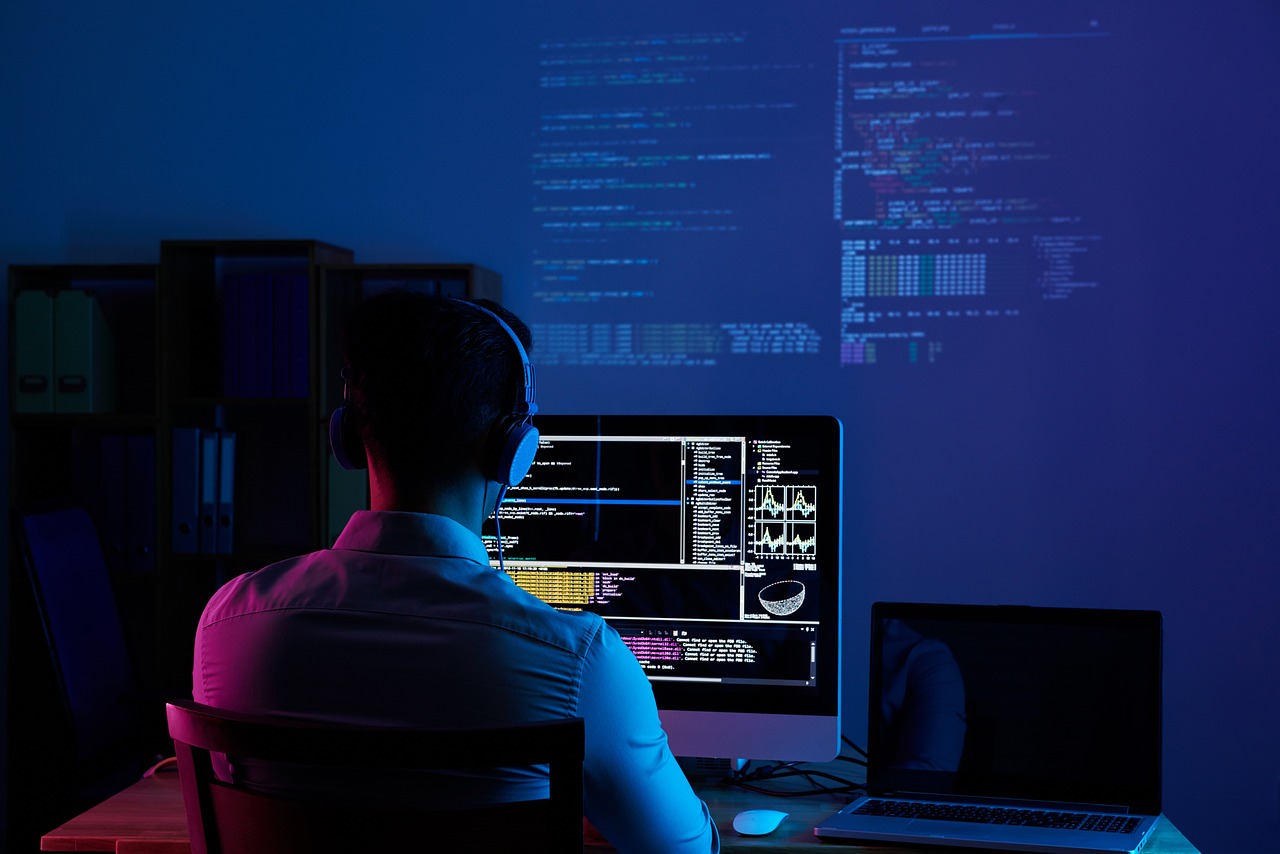
Big Data Analysis in Archaeology
Big data analysis has revolutionized the field of archaeology, providing researchers with powerful tools to uncover hidden insights and patterns from vast amounts of data. By harnessing the capabilities of big data analytics, archaeologists can now process and analyze large datasets collected from excavation sites, ancient texts, and historical records with unprecedented speed and accuracy.
This technology enables archaeologists to identify connections between different archaeological sites, artifacts, and civilizations, leading to a deeper understanding of ancient cultures and societies. By detecting subtle correlations and trends within the data, researchers can reconstruct past events, trade routes, and societal structures, shedding new light on the mysteries of the past.
Moreover, big data analysis allows archaeologists to make more informed decisions about where to focus their research efforts, prioritize excavation sites, and allocate resources effectively. By leveraging advanced statistical models and machine learning algorithms, researchers can predict potential archaeological discoveries, streamline data interpretation, and enhance the overall efficiency of archaeological investigations.
Furthermore, the integration of big data analysis in archaeology has opened up new possibilities for interdisciplinary collaboration, as archaeologists can now work closely with data scientists, computer programmers, and geospatial analysts to extract valuable insights from complex datasets. This interdisciplinary approach not only enriches archaeological research but also fosters innovation and creativity in the field.

Mobile Apps for Cultural Exploration
Mobile apps have revolutionized the way we explore and engage with cultural heritage sites and traditions. These applications serve as virtual guides, offering users a wealth of information and interactive experiences at their fingertips. By combining historical facts, multimedia content, and GPS technology, mobile apps provide a unique opportunity for individuals to immerse themselves in the rich history and significance of cultural landmarks.
Imagine strolling through an ancient archaeological site with a mobile app as your personal tour guide. As you walk, the app triggers audio guides, 3D reconstructions, and historical images, bringing the past to life right before your eyes. Whether you are exploring a museum exhibit or wandering through a historical city, these apps enhance the overall experience and deepen your understanding of the cultural significance of each location.
Moreover, mobile apps offer interactive maps that allow users to navigate through complex sites with ease. By tapping into the app's features, visitors can uncover hidden gems, discover lesser-known facts, and engage in fun quizzes and challenges that enrich their cultural exploration journey. With real-time updates and customizable preferences, these apps cater to a wide range of interests and learning styles, making cultural heritage more accessible and engaging for all.
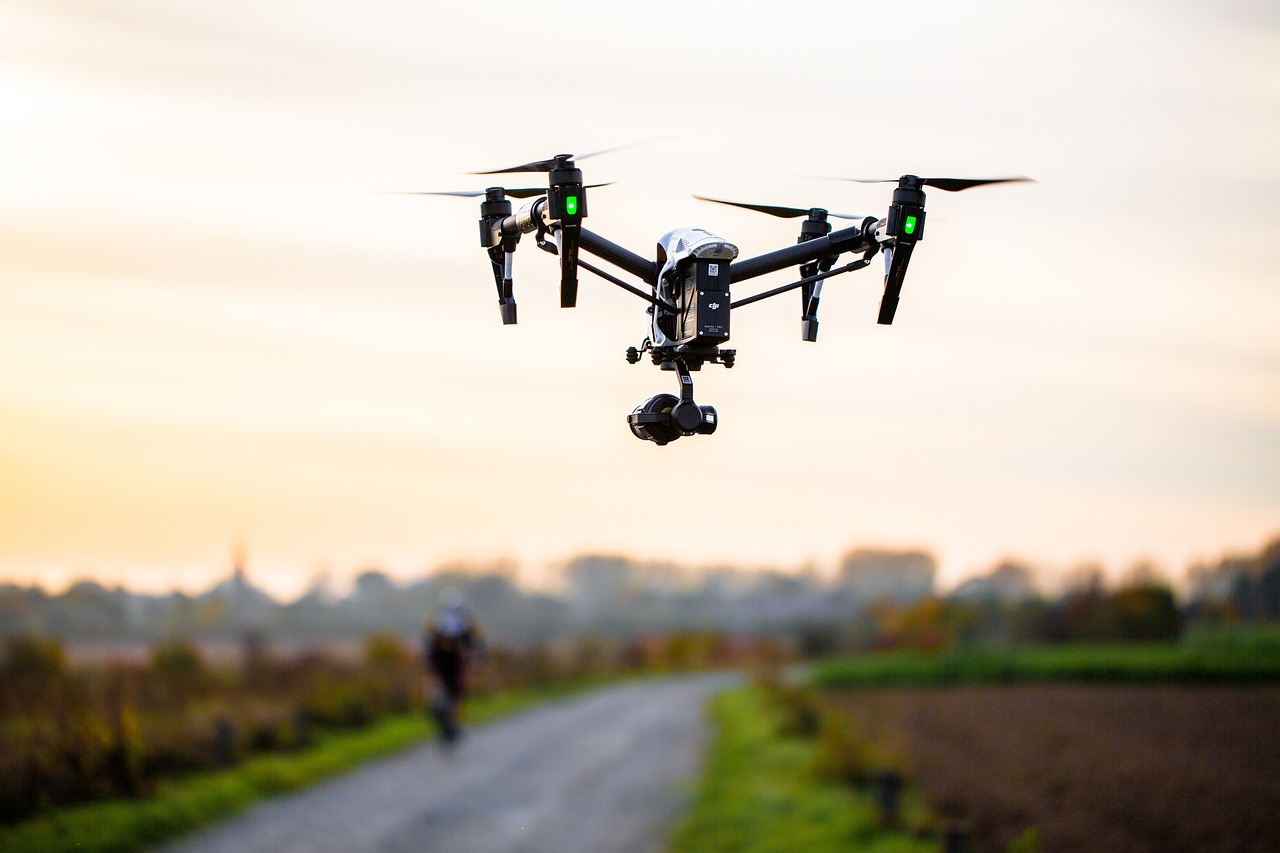
Drone Technology in Archaeological Surveys
Drone technology has revolutionized the field of archaeological surveys, providing researchers with a powerful tool for conducting aerial inspections and mapping of historical sites. Drones, also known as unmanned aerial vehicles (UAVs), offer unique advantages in terms of efficiency, accuracy, and accessibility in archaeological research.
By employing drones equipped with high-resolution cameras and sensors, archaeologists can capture detailed aerial images of archaeological sites from various angles and heights. This capability allows for the creation of comprehensive maps and 3D models, aiding in the identification of buried structures, ancient roads, and other hidden features that are not easily visible from the ground.
Furthermore, drones enable researchers to cover large areas of land in a relatively short amount of time, speeding up the surveying process and reducing the need for labor-intensive fieldwork. This efficiency not only saves time and resources but also enhances the overall accuracy and scope of archaeological investigations.
Moreover, drones provide a non-invasive way to study and document archaeological sites without causing damage to the fragile remains. By conducting aerial surveys, researchers can gather valuable data without disturbing the physical integrity of the historical locations, preserving them for future study and analysis.
In addition to mapping and documentation, drones are also utilized for monitoring and conservation purposes in archaeology. They can be deployed to monitor changes in the landscape, track illegal activities such as looting or vandalism, and assess the condition of archaeological sites over time, contributing to their protection and preservation.

Artificial Intelligence in Artifact Authentication
Exploring how technological advancements are transforming the field of cultural heritage research, from digitizing artifacts to virtual reality experiences, and enhancing preservation and accessibility of historical sites and traditions.
Artificial intelligence (AI) has revolutionized the authentication process of cultural artifacts. By utilizing sophisticated algorithms and machine learning, AI can analyze various aspects of an artifact to determine its authenticity and origins. This technology assists experts in detecting forgeries, identifying genuine pieces, and tracing the historical significance of each object. Through AI, the process of artifact authentication has become more efficient, accurate, and reliable.

Blockchain for Cultural Heritage Protection
Blockchain technology has emerged as a powerful tool for safeguarding cultural heritage by providing a secure and transparent way to record the provenance of artifacts. By leveraging blockchain, institutions and collectors can create an immutable digital ledger that tracks the ownership and history of cultural objects, making it difficult for illicit traders to traffic stolen items.
One of the key advantages of blockchain in cultural heritage protection is its ability to verify the authenticity of artifacts. Through the use of cryptographic algorithms, blockchain can ensure that each piece is unique and has not been tampered with, helping to combat the proliferation of counterfeit items in the market.
Moreover, blockchain technology enables stakeholders to trace the origins of cultural artifacts back to their source, providing valuable insights into their history and provenance. This transparency not only enhances the trustworthiness of the art market but also aids in the repatriation of looted or illegally acquired objects to their rightful owners.
By decentralizing the storage of information across a network of computers, blockchain reduces the risk of data manipulation or loss, ensuring the long-term preservation of cultural heritage records. Additionally, the use of smart contracts in blockchain can automate transactions and agreements, streamlining processes and increasing efficiency in the management of cultural assets.
Overall, the integration of blockchain technology in cultural heritage protection represents a significant step towards combating illicit trafficking, preserving historical authenticity, and promoting ethical practices within the art world.
Frequently Asked Questions
- What is the significance of technology in cultural heritage research?
Technology plays a crucial role in cultural heritage research by enabling the preservation, exploration, and understanding of historical artifacts, sites, and traditions through innovative tools and techniques.
- How does digital preservation benefit cultural artifacts?
Digital preservation allows for the creation of accurate digital replicas of artifacts using 3D scanning and imaging technologies, ensuring their long-term preservation and accessibility for future generations.
- What are the advantages of using augmented reality in museum exhibits?
Augmented reality enhances museum exhibits by providing interactive and immersive experiences for visitors to engage with cultural heritage objects and stories in a dynamic and engaging way.
- How does big data analysis revolutionize archaeology?
Big data analysis in archaeology helps uncover patterns, trends, and insights from large datasets, transforming the way we interpret ancient civilizations and enhancing our understanding of the past.
- Why is drone technology important in archaeological surveys?
Drone technology enables researchers to conduct aerial surveys and mapping of archaeological sites with greater efficiency and accuracy, leading to new discoveries and valuable insights into ancient civilizations.
- How does artificial intelligence contribute to artifact authentication?
Artificial intelligence algorithms aid in authenticating and analyzing cultural artifacts, assisting experts in detecting forgeries, determining authenticity, and tracing the origins of historical objects with precision and reliability.
- What role does blockchain technology play in cultural heritage protection?
Blockchain technology is utilized to securely record and verify the provenance of cultural artifacts, combatting illicit trafficking and ensuring the protection and preservation of cultural heritage by establishing transparent and tamper-proof records.




